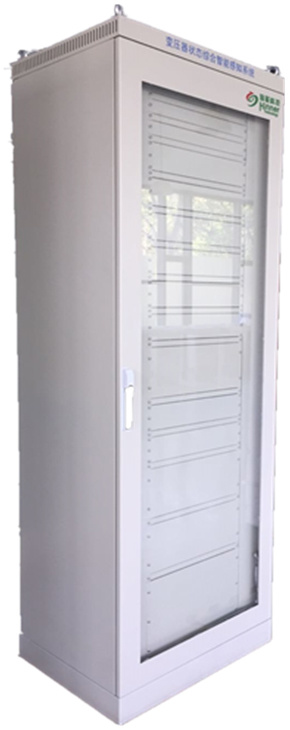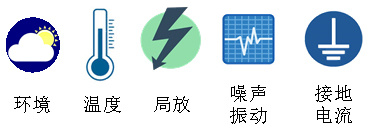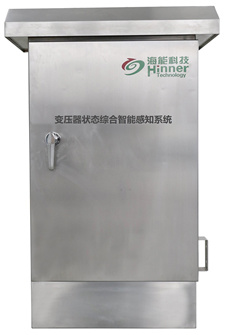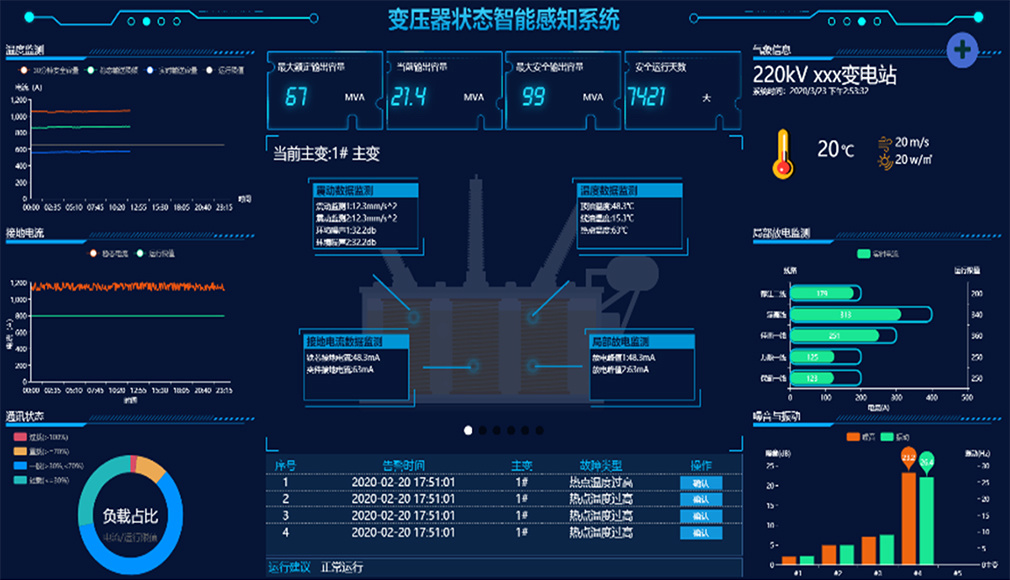PRODUCTS
Products
Transformer state integrated intelligent perception system
Classification:
Key words:
The transformer state integrated intelligent perception system is designed to realize the real-time perception of the thermal field calculation, dynamic assessment of overload capacity and abnormal insulation state of the transformer, reduce the workload of transformer maintenance, reduce the maintenance cost, and provide guarantee for the reliable operation of the substation.
The transformer state comprehensive intelligent sensing system consists of transformer state comprehensive intelligent analysis device, sensor, indoor cabinet, outdoor cabinet and data management platform. The system applies edge computing, big data, Internet of Things and other technologies, adopts various monitoring modes, integrates transformer thermal field and key quantities reflecting insulation state, dynamically tracks, real-time diagnosis and grading alarm, and effectively improves the safe and economic operation level of transformers.

Indoor cabinet

Transformer state comprehensive intelligent analysis device

Sensors of each monitoring module

Outdoor cabinet

data management platform
■ Main functions
1) Monitoring of thermal field and load capacity of transformer
A. thermal field analysis and calculation: real-time calculation of transformer internal top oil temperature rise, oil average temperature rise, line oil temperature difference, winding average temperature rise, winding hot spot temperature rise, and early warning according to the corresponding information.
B. with load capacity assessment: real-time assessment of the transformer under the current operating conditions of the safe operation time, set the load (such as N-1 mode) under the maximum safe operation time, set the time (such as half an hour) under the maximum operating load, draw overload capacity curve.
c. Life loss assessment (optional): real-time assessment of transformer life loss based on real-time load, operating temperature and other information.
2) Insulation condition monitoring
A. partial discharge monitoring: draw transformer partial discharge phase distribution diagram (PRPD), pulse sequence phase distribution diagram (PRPS), identify the type of partial discharge.
B. Vibration and noise monitoring: analyze and extract the characteristic values of vibration signal and noise signal, and effectively identify and alarm abnormal vibration and noise based on multi-variable (energy ratio, complexity, harmonic ratio, etc.) online monitoring data.
C. core grounding current monitoring: draw the core grounding current waveform and historical waveform trend chart, set the alarm limit according to the alarm, and timely find the hidden dangers and faults of transformer shell grounding.
3) Comprehensive condition assessment
The system cooperates with a variety of state parameter analysis conclusions, and puts forward operation suggestions for the transformer to help the transformer operate economically and safely.
■ Main technical indicators
1) Applicable to oil-immersed transformers with voltage level of 110kV and above;
2) Evaluation time of each module and comprehensive status:<30s.
Next Page
Your suggestion is our driving force
Related Products
The transformer dynamic load intelligent management system is used to solve the problems of low operating efficiency of large transformers, difficulty in internal temperature monitoring, and limited operation of transformers under heavy (over) load, and to improve the operating efficiency of transformers without affecting the service life and safe operation of transformers.
The dynamic load management system of transmission line is used to solve the problems such as limited load capacity of transmission line and difficult to meet the demand of load growth, and to improve the operation level and load capacity of the line without changing the existing network structure and without affecting the thermal stability of the line.
Due to the technical limitations of the traditional transmission line fault location device, it is difficult to quickly and accurately locate the fault point and identify the fault type when the fault of the transmission line occurs in the complex operating environment (lightning strike, mountain fire, wind deviation, tree barrier, floating object, etc.). The distributed fault diagnosis device for transmission lines is based on fault local recording technology and traveling wave location method, which can effectively solve the problems of low positioning accuracy and difficult identification of fault types of traditional fault location devices.

